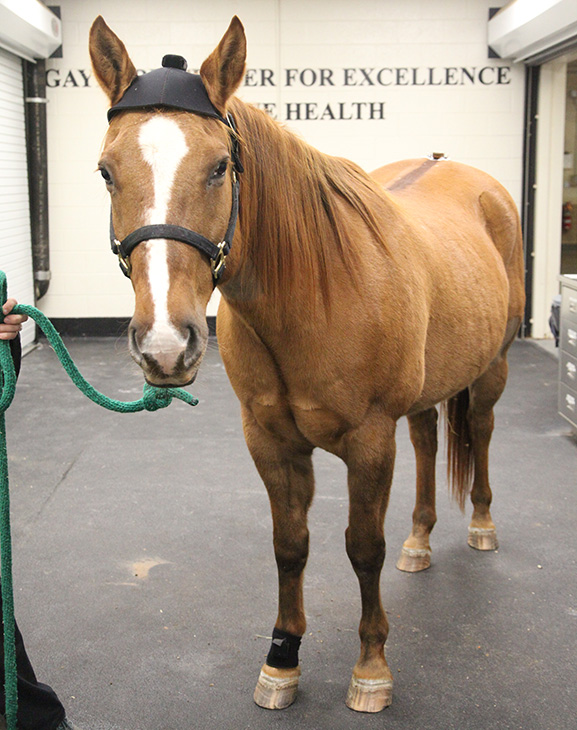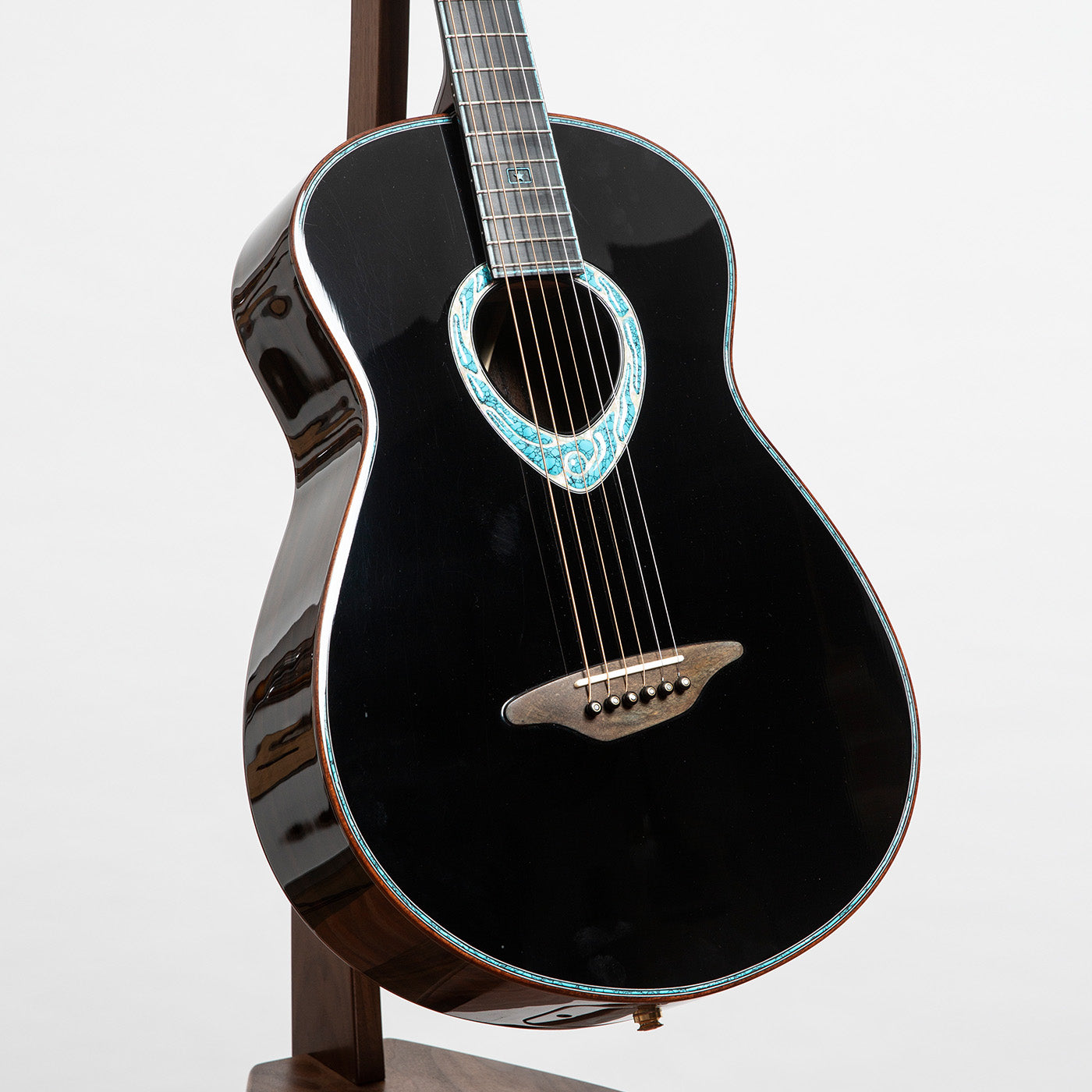

Some injuries, particularly kicks from other horses, can result in damage to the bone without severe lameness at the time of injury, for example a hairline fracture. There may be obvious injury and swelling to the limb however, the location of some fractures may not be immediately apparent. In most cases the horse is severely lame, unable to bear any weight on the affected limb and with obvious signs of distress such as sweating, shaking and increased or laboured breathing. Synovial sepsis is an emergency and immediate veterinary advice should be sought in all suspected cases, as immediate surgical flushing and treatment are usually the only solution. Other signs may include heat, pain and swelling around a joint or tendon. There may be signs of distress such as sweating and an increased respiratory rate. Lameness most usually develops rapidly over 12 to 24 hours such that the horse will be unable to put any weight on the limb. A wound is usually present, but this can be as small as a thorn which can be easily missed.

If punctured externally, this fluid can become infected (synovial sepsis), a situation which is extremely serious. Joints and some tendons are surrounded by a sac of fluid (synovial fluid) which allows the joint/tendon to move smoothly. Veterinary advice should be sought immediately to initiate appropriate treatment and rule out other causes or issues. Although the initial cause is most likely to be a wound this may be too small to be found. The affected limb is usually very swollen and painful to touch, and the horse is reluctant to move. This is an acute inflammation of the limb and if severe, the lymphatic drainage vessels. Padding around the object can help to prevent further damage while waiting for the vet. Unless leaving the object in will cause further damage, or there will be a delay in treatment, it can be an advantage not to remove it so that your vet can accurately assess which structures may be affected. Penetrations towards the central foot are potentially life threatening but those around the edge of the sole or heel are usually less serious however, all such wounds should be thoroughly assessed by a vet. If a sharp object, such as a nail, pierces the foot and damages the structures within, it can result in an extremely serious infection. You can find out how to deal with a hoof abscess here Often cracks or tracts are apparent in the sole, especially at the toe, but a vet or farrier is best placed to pare these out. The digital pulses will be increased and may be quite easy to detect. The foot or coronary band may be hot and the lower leg swollen (especially around the pastern and inside of the cannon bone). The horse may rest the affected foot constantly and be reluctant to move, although some will have more subtle signs. It is one of the most common causes of sudden, severe lameness. This may help you and your vet to pinpoint the cause.Ī hoof abscess is a localised accumulation of pus or fluid within the horse’s hoof. It’s also important to look in the foot for stones or penetrating objects. The first question to ask yourself is can he walk or is he truly non weight bearing? If your horse is comfortable with being examined and it is safe to do so you should examine the entire leg for wounds, areas of heat, pain or swelling. Seeking immediate veterinary advice is always the best course of action, but there are a few things to look out for and some first aid do’s and don’t’s. It can be distressing to see a severely lame horse and there are several reasons why your equine friend may not be placing weight on one or more of their feet. What to do if your horse is severely lame What to do if your horse is severely lame.


 0 kommentar(er)
0 kommentar(er)
